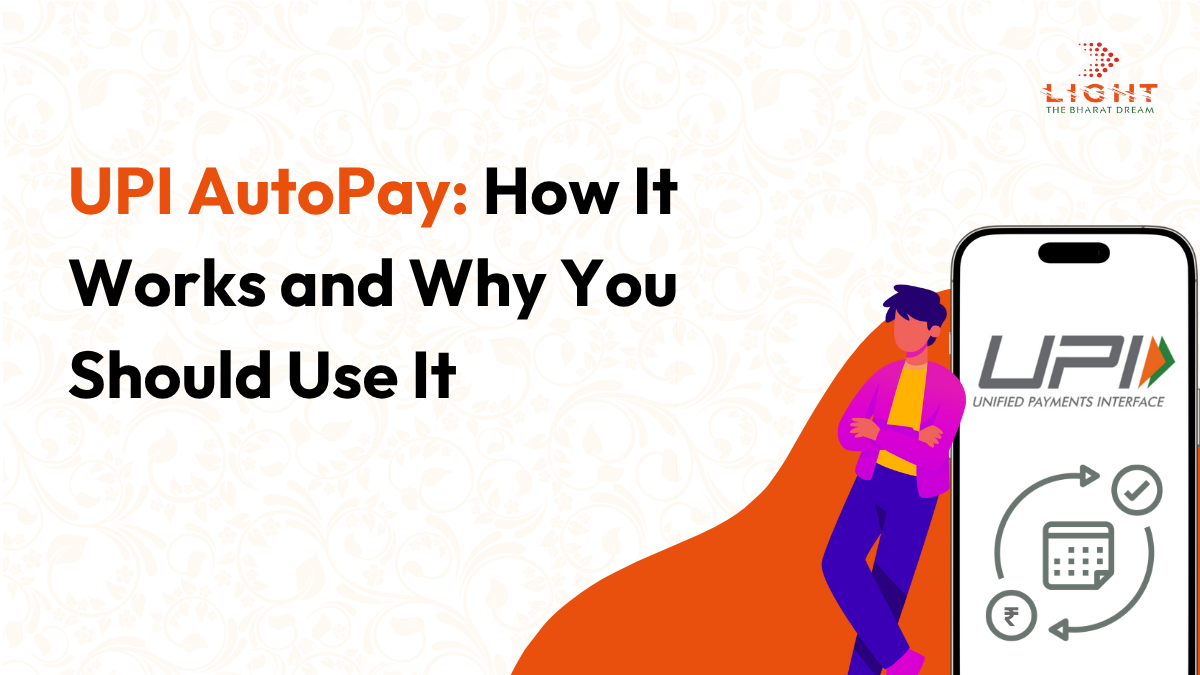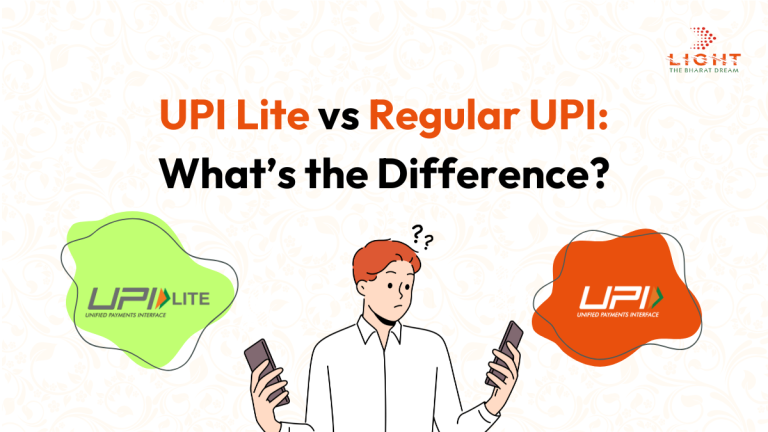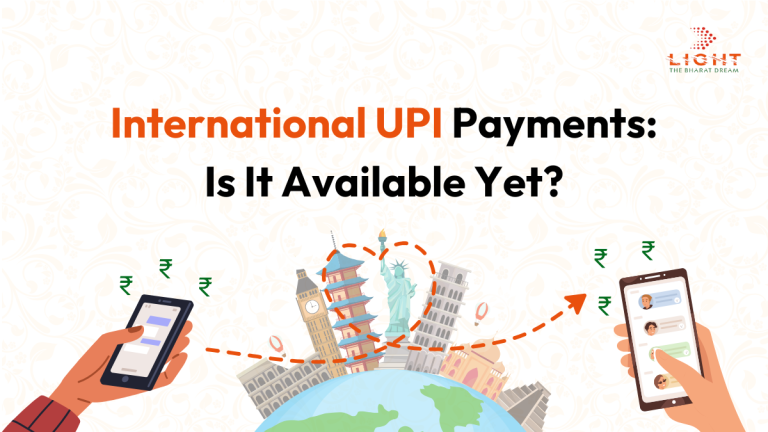UPI Autopay- How It Works and Why You Should Use It
The growth of digital payments in India has been nothing short of transformative, and the Unified Payments Interface (UPI) has played a central role in this evolution. Introduced by the National Payments Corporation of India (NPCI), UPI has simplified peer-to-peer transactions, merchant payments, and bill settlements. As part of this innovation, NPCI introduced a feature called UPI Autopay, which streamlines recurring payments for consumers and businesses alike.
This article explores what UPI Autopay is, how it works, its benefits, common use cases, and why it is becoming an essential tool for digital transactions in India.
What is UPI Autopay?
UPI Autopay is a functionality within UPI that allows users to automate recurring payments by setting up e-mandates. These mandates authorize future payments on predefined terms such as frequency, amount, and duration. Users need to provide consent only once via their UPI-enabled apps, after which payments are processed automatically on the scheduled dates.
It supports recurring payments of up to ₹5,000 without requiring user authentication for each transaction. For amounts exceeding ₹5,000, additional authentication may be needed based on the bank’s policy.
How UPI Autopay Works
The UPI Autopay system is designed to make setting up recurring payments as seamless as possible. Here is how it functions:
- Initiation: A user selects a product or service that requires a recurring payment (e.g., a subscription, insurance premium, or EMI) and chooses UPI Autopay as the payment method.
- Mandate Creation: The merchant sends a mandate request to the user’s UPI app. The mandate includes details like the amount, frequency (daily, weekly, monthly, etc.), start and end date, and the merchant’s name.
- User Authorization: The user receives a notification on their UPI app to approve the mandate. Upon entering their UPI PIN, the mandate is successfully created.
- Automatic Execution: On each due date, the UPI system automatically debits the specified amount from the user’s linked bank account and credits it to the merchant.
- Management: Users can view, pause, modify, or cancel the mandate anytime through their UPI app.
Use Cases of UPI Autopay
UPI Autopay has found applications across a variety of sectors:
- Subscription Services: Platforms such as OTT streaming (Netflix, Hotstar), news services, music apps, and online learning portals allow users to set up automated recurring payments.
- Financial Services: Mutual fund SIPs, recurring deposits, loan EMIs, and insurance premiums can be paid automatically without missing due dates.
- Utilities: Utility providers use UPI Autopay to collect monthly bills for electricity, water, broadband, and mobile postpaid services.
- Lifestyle and Wellness: Fitness clubs, meditation apps, and wellness platforms allow members to set up autopay mandates for monthly fees.
- E-commerce and Buy Now, Pay Later (BNPL): Many e-commerce platforms and fintechs leverage UPI Autopay for installment-based purchases.
Benefits of UPI Autopay
- Convenience: UPI Autopay eliminates the need for manual intervention in recurring transactions. Once a mandate is set up, payments are processed automatically.
- Efficiency: By automating payments, users save time and avoid late fees or service disruptions.
- Security: UPI mandates are authorized through secure UPI PIN entry. Transactions occur through encrypted channels and verified merchants only.
- Transparency and Control: Users retain full visibility over their mandates. They can track, pause, or cancel them directly through their UPI app.
- No Additional Cost: UPI Autopay is free for users. Unlike some card-based recurring payment systems, there are no added charges for mandate setup or execution.
- Accessibility: Available on major UPI apps like Google Pay, PhonePe, Paytm, Amazon Pay, BHIM, and several banking apps, UPI Autopay is easy to use and widely supported.
How to Set Up UPI Autopay
Users can set up UPI Autopay in two ways:
- Through a Merchant Platform: When completing a purchase or subscribing to a service, users can choose UPI Autopay and enter their UPI ID. A mandate request is triggered to their UPI app, where they approve it by entering the UPI PIN.
- Through UPI Apps: Some UPI apps offer a dedicated section for managing mandates. Users can browse active mandates, view details, and control them directly from the app.
Security and Compliance
UPI Autopay adheres to the strict security protocols established by NPCI and the Reserve Bank of India. Mandates cannot be initiated without user consent. Banks and payment providers use strong authentication, and users receive real-time notifications of all mandate-related activities.
Conclusion
UPI Autopay is a vital addition to the digital payments ecosystem in India. As more services adopt subscription-based models, the need for a reliable, user-friendly recurring payment system is growing. UPI Autopay offers a secure, seamless, and zero-cost solution for consumers, while also enabling businesses to enhance customer retention.
By reducing friction in recurring transactions, UPI Autopay is not just a feature-it is a step toward a more automated and financially organized future. Whether you’re managing your streaming subscriptions, paying premiums, or investing regularly, UPI Autopay helps ensure you’re always on track without the need for constant reminders or manual inputs.
For those embracing digital finance, now is the time to explore and start using UPI Autopay.







